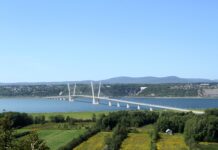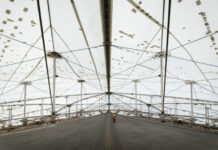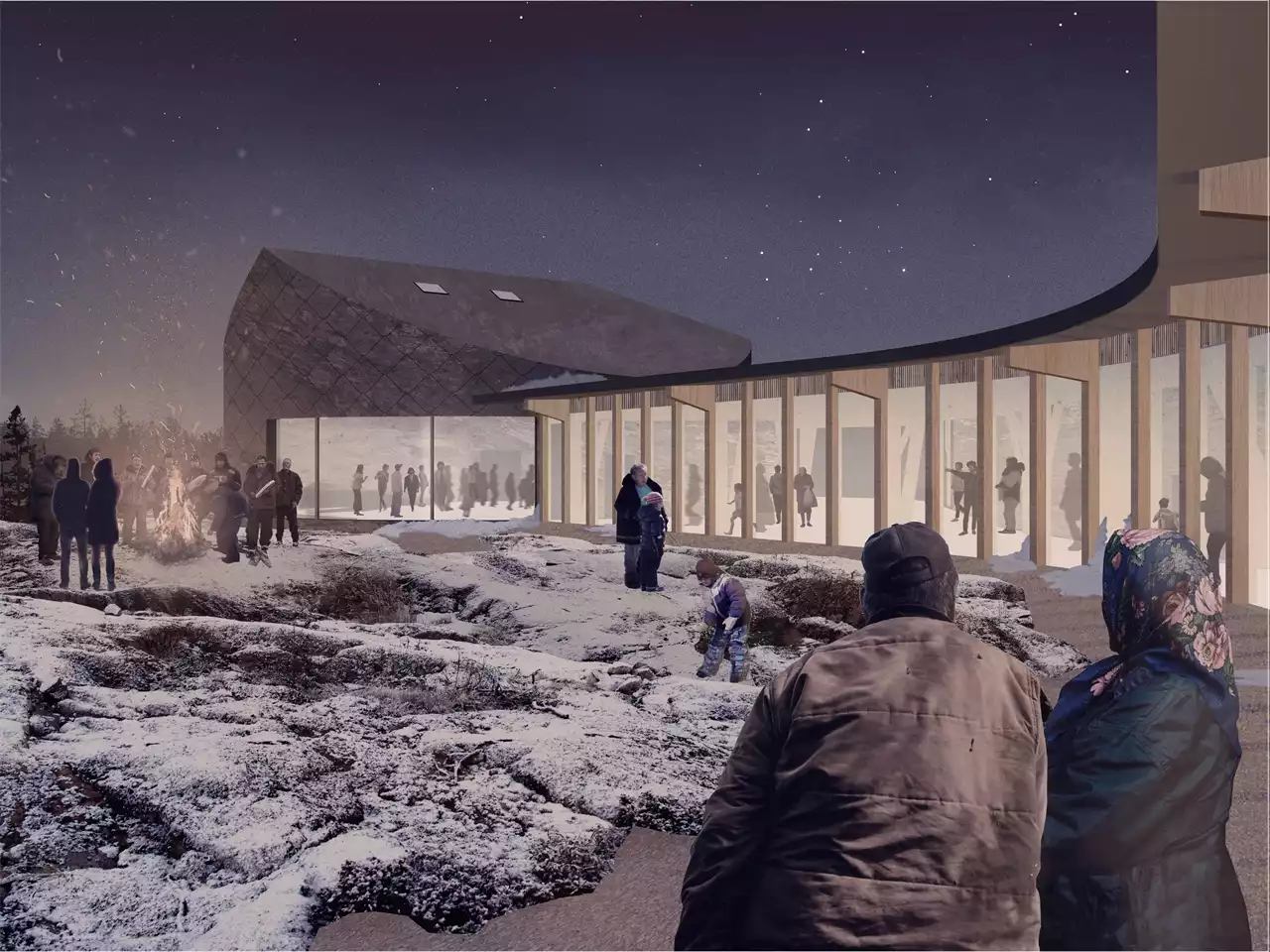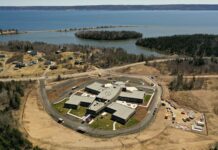The Holcim Awards for Sustainable Construction global winners showcase the cutting edge of approaches to sustainable design, green architecture, and materials innovation. In the 6th competition cycle, the predominant focus of the entries in the North America region was the sustainable improvement of quality of life. The global prizes were presented at a handover ceremony at the International Architecture Biennale in Venice, Italy. The regional Holcim Awards Main category winners for North America were recognized at the same event.
The issue of sustainability is of paramount importance in construction. In view of climate change and diminishing resources, new approaches are needed along the entire value chain of the construction industry as the building sector moves toward net-zero emissions and circular material flows. Developing and applying these new approaches are what the Holcim Awards promote. The prize money of the world’s most significant competition for sustainable design totals US$2 million.
In the North America competition region, many proposals dealt with socially disadvantaged ethnic groups. The regional jury, chaired by Reed Kroloff (Illinois Institute of Technology, USA), selected four projects in the USA and one project in Canada as the main winners.
As in all the competition regions, the main themes of the entries also evolved in North America. “The chief topics changed from infrastructure upgrading and resource management several cycles ago to energy issues, recycling, upcycling, and waste management,” said Marilyne Andersen, head of the Academic Committee of the Holcim Foundation.
Holcim Awards winning projects North America
Holcim Awards Gold North America (USD 100,000)
House as Garden in Illinois, USA
A self-sustaining and collaborative residential project in Chicago.
Winner: Michael Sorkin (1948–2020), Michael Sorkin Studio, New York, USA
Holcim Awards Silver North America (USD 50,000)
Indigenous Wellness in Yellowknife, Canada
A holistic healthcare and cultural center in the Northwestern Territories.
Winners: Mason White, Lola Sheppard and team, Lateral Office, Toronto, Canada, and Wilbert Cook, Nicole Redvers and team, Arctic Indigenous Wellness Foundation, Yellowknife, Canada
Holcim Awards Bronze North America (USD 30,000)
Emerald Gateway in Massachusetts, USA
Symbiotic mending of an urban green-infrastructure belt in Boston.
Winners: Marie Law Adams and Daniel Adams, Landing Studio, Boston, USA
Holcim Awards Acknowledgement prize North America (USD 20,000)
Hydroculus Cooling in Arizona, USA
A clever and efficient mechanism for indoor climate control.
Winners: Forrest Meggers, Princeton University, NJ, USA; Dorit Aviv, University of Pennsylvania, USA; Aletheia Ida, University of Arizona, USA
Holcim Awards Acknowledgement prize North America (USD 20,000)
(Re)constructed Block in Michigan, USA
A sustainable live-work district in Detroit that closes the material cycle.
Winners: Diane Van Buren Zachary and an international team of architects, Zachary and Associates, Detroit, USA
Sustainable center for Indigenous peoples in Yellowknife, Canada
Holcim Awards Silver North America – Indigenous Wellness
The Acrtic Indigenous Wellness Centre is a new building designed for providing cultural and health-related services. It will primarily serve 22,000 Métis, Inuit, and First Nations people. The proposed facility aims to bridge the gap between informal wellness centers and conventional hospitals. Besides providing traditional medical treatment and mental wellness therapy, the center will revitalize elder-to-youth skills transfer. The facility embodies the local indigenous concept of wellness that combines physical, cultural, and spiritual aspects. Indigenous elders, healers, and youths were included in the participatory design process.
“The Arctic Indigenous Wellness center focuses on sustainability through material selection and climate specific strategies,” explains prizewinner Lola Sheppard of Lateral Office, Toronto, Canada. “In its form and orientation, the building employs passive strategies in this unique arctic climate, oriented towards the beautiful Frame Lake.”
Featured image: (Holcim Foundation for Sustainable Construction)















